Viral Marketing: Strategy or luck?
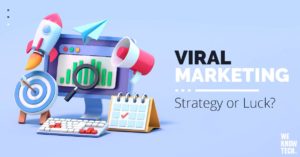
In the digital age where social media is king, going viral is like striking gold. This type of content supercharges your message, makes you more visible, and allows you to engage with a ton of people all at once. But is there a secret formula to “make” viral marketing campaigns? Is it something you can actually strategize for?
Nobody can guarantee that your next post will go viral on the internet, but you can absolutely stack the deck in your favor. That’s why we’ve assembled a set of tried-and-true strategies to help you knock your next campaign out of the park.
What makes a marketing campaign go viral on social media?
A marketing campaign goes viral when people feel compelled to share its content on their own social media platforms, adding their voice to a topic they believe is of broad interest. The goal is to turn the brand’s message into a public talking point, where a wide audience can form an opinion, find a sense of identity, or experience strong emotions.
In the marketing game, luck and timing can give you a boost, but let’s not overlook the power of smart planning. There are concrete guidelines you can follow to up your chances of hitting it big and getting your message in front of a whole lot of eyes. It’s not just about going viral; it’s about expanding your customer circle in a big way.
When you dissect some successful viral campaigns, certain guidelines show up again and again. Let’s unpack some of them:
- Deliver originality: People are tired of feeling like they’re just a click away from a sales funnel. So, your content needs to feel genuine and not like another billboard on the digital highway.
- Entertain, don’t just inform: We’re in an age where humor can make or break your campaign. Comedy doesn’t just rack up views; it keeps folks glued to their screens, making them more likely to share and comment.
- Keep it simple: a punchy message can often be more impactful than a long, drawn-out one. Get to the point and make it memorable. People appreciate clarity and directness, especially in a world overloaded with information.
- Don’t forget the feels: A campaign that triggers genuine emotions can send your content from average to unforgettable. Ask yourself, what can make my audience laugh, cry, or better yet, hit that share button?
- Be valuable: Does it solve a problem? Offer a fresh perspective? Keep up with current trends? Your content should offer something that makes people think, “Wow, this is worth my time”.
Viral marketing: proven strategies for going viral
When it comes to navigating the fast-paced world of marketing, there are certain go-to approaches for turning your content or campaigns into viral sensations. Let’s dive into some of these industry favorites:
- Share-for-Rewards: This marketing strategy encourages users to spread a message by offering them some sort of reward, such as discounts or freebies. By sharing the content or providing email addresses of their contacts, users get something valuable in return. At the same time, they significantly extend the reach of your campaign.
- Buzz Building: This approach focuses on crafting messages or narratives that not only circulate on their own but also ignite rumors around the initial content. It’s about designing a message so gripping that it doesn’t just get shared—it becomes the topic of speculation and conversation.
- “Share-It” Effect: Unlike some other strategies, the aim here is to create content specifically designed for sharing—no rewards or incentives needed. The key is to craft messages that resonate on a personal level, messages that pass the “share test” because they’re relatable, thought-provoking, or have social approval. When people identify with your message, they’ll naturally want to spread the word.
- Stealth Tactics: The aim here is to captivate users so effectively that they share breaking news or shocking events, all while being completely unaware that they’re actually contributing to a well-orchestrated advertising plan.
Some examples of viral marketing
Case 1: Engage your audience
Campaign: Barbie selfie generator
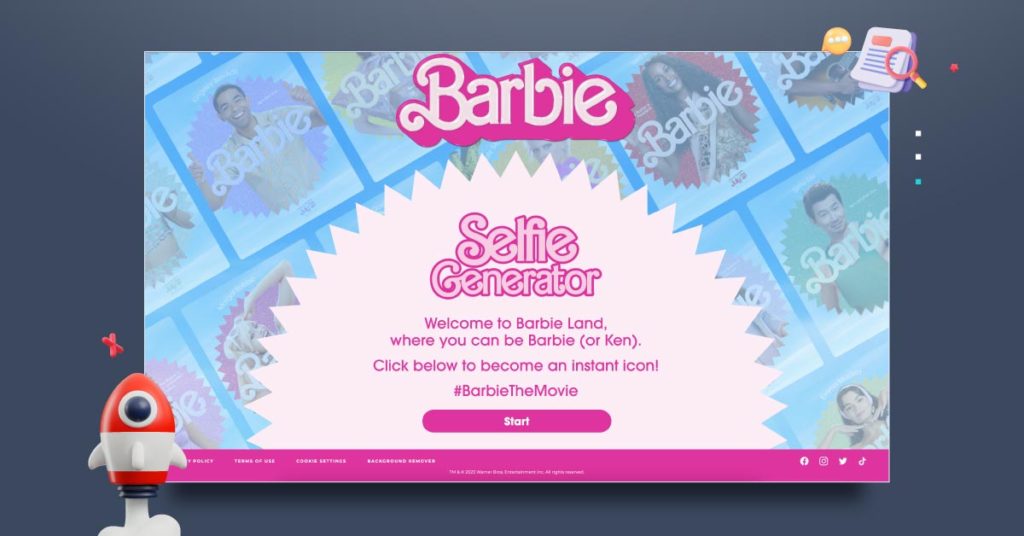
In the world of viral marketing, the Barbie movie’s Selfie Generator campaign is a textbook example of doing it right. Launched in early April 2023, the campaign featured a cutting-edge AI-driven website where users could transform their selfies into personalized movie posters, complete with customizable text.
As soon as it launched, this campaign exploded on social media, amplifying the pre-launch buzz that marketers were gunning for.
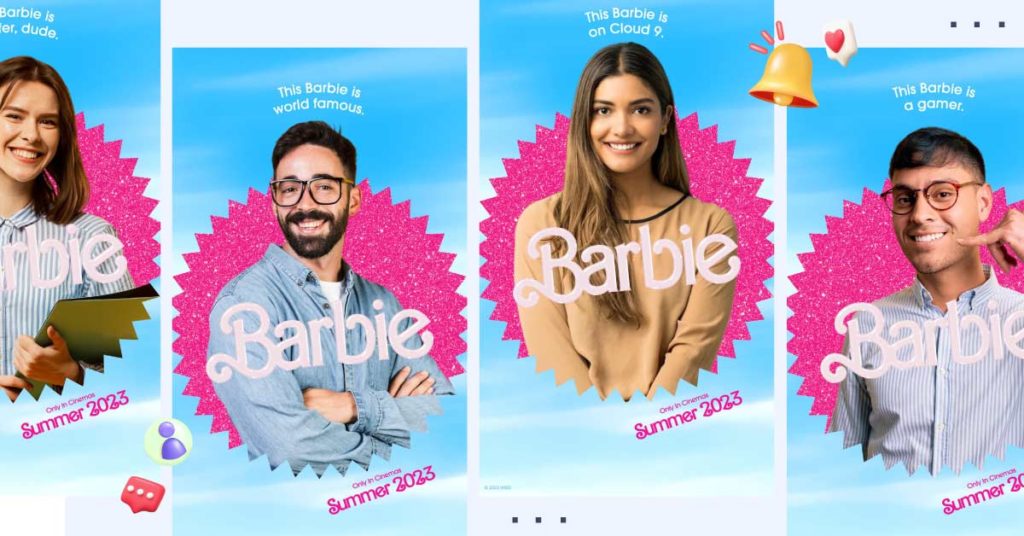
What really drove the campaign’s success were a couple of key elements we’ve touched on before: the irresistible urge to share, the social approval and the desire to be part of the group. On top of that, this was many users’ first foray into interacting with artificial intelligence, offered at no cost. The result? It became one of the most buzzed-about marketing campaigns of the entire year.
—
If you want to learn more about campaigns that have used XR technology in their favor, you can check out our case study: Augmented reality filters on Instagram – A key ally for a successful brand strategy.
—
Case 2: Put trends to work for you
Campaign: Heinz and Absolut Vodka’s pasta sauce launch
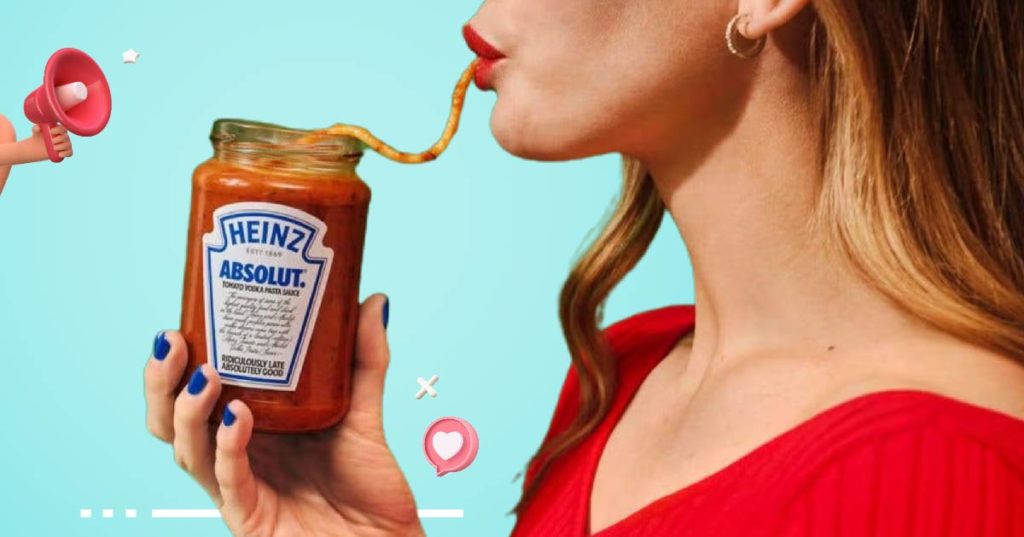
The curious thing about this case is no one expected this collaboration. After model Gigi Hadid shared her Penne Alla Vodka recipe on Instagram Stories in 2020, this particular combination between tomato paste and vodka was suddenly a viral trend on social media that year. This business opportunity led Heinz and Absolut Vodka executives to launch their own ready-to-use version in 2023.
Before Heinz x Absolut Tomato Vodka Pasta Sauce hit the shelves, it had a pre-launch campaign that covered OOH, PR, social media and influencers. In fact, influencer marketing played a key role in making the product launch a hit, particularly using micro and nano influencers. These opinion leaders stirred up buzz and enthusiasm for the new item on Instagram and TikTok.
This marketing campaign proves that incorporating unexpected or innovative elements into an internet buzz significantly boosts your odds of engaging with a larger audience.
In summary
Viral marketing strategies offer a clever and often cost-effective way to boost a brand or product’s visibility. Employing tactics ranging from rewards for sharing messages to the spreading of controlled rumors, these methods aim to stimulate public conversation and social sharing.
Certainly, we firmly believe in the transformative power of viral marketing to drive our clients towards their objectives. Feel free to reach out to Isource Marketing for consultations or quotes on cutting-edge solutions. Take the bold step to enhance your B2B/B2C strategies with our expertise in marketing and technology.



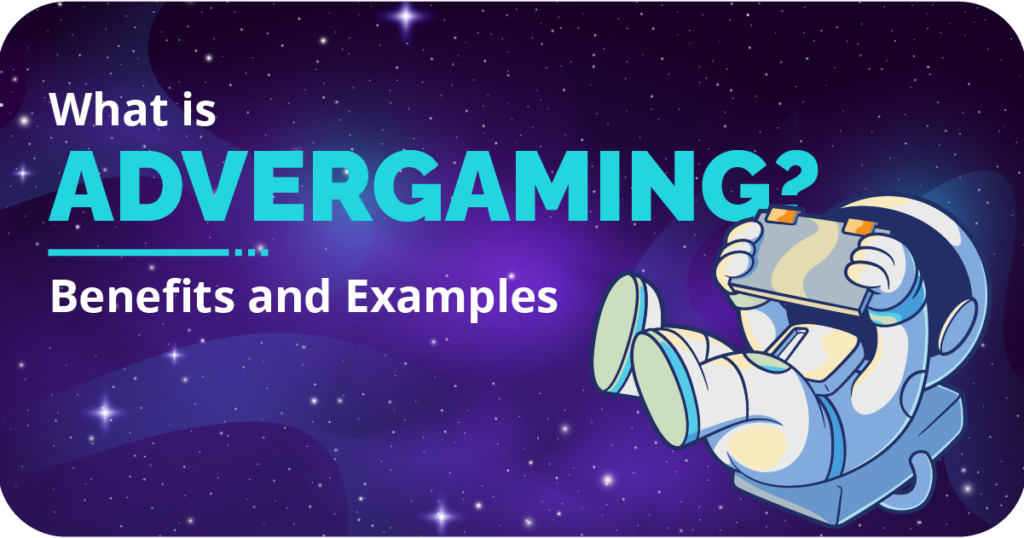


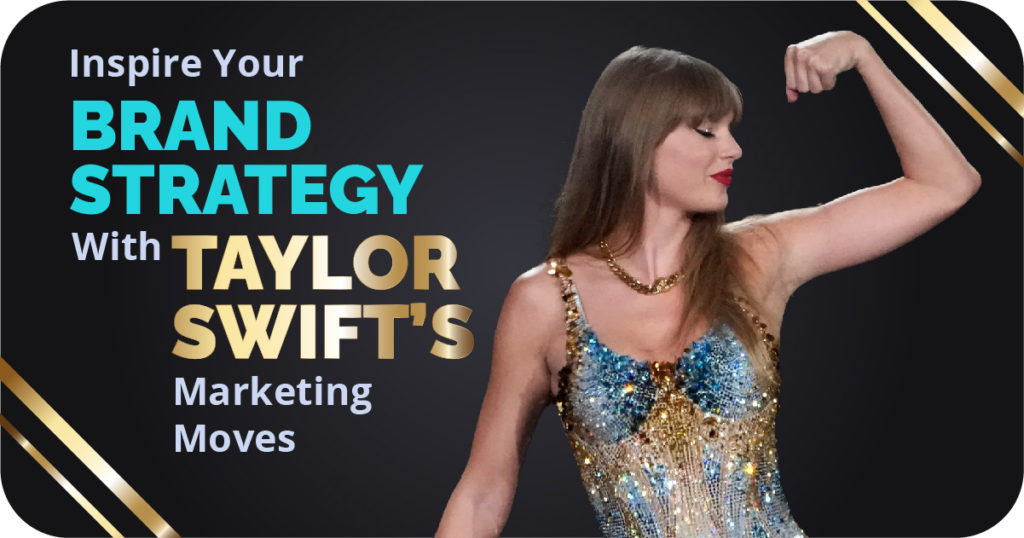
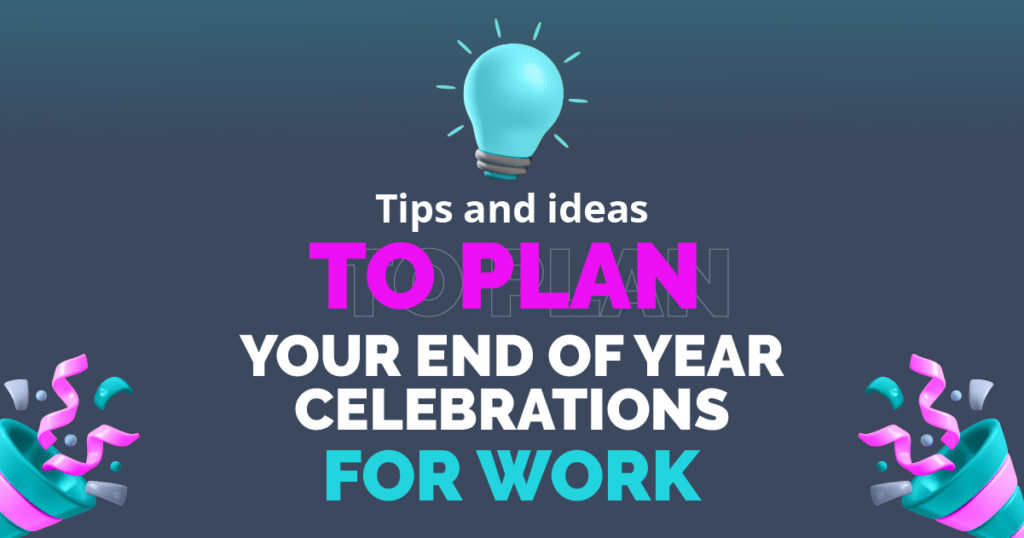
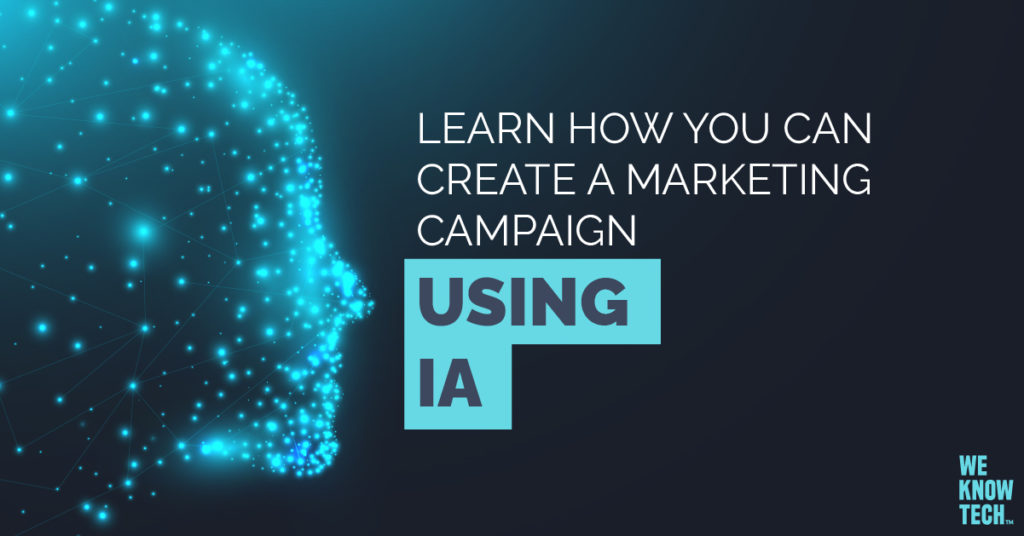
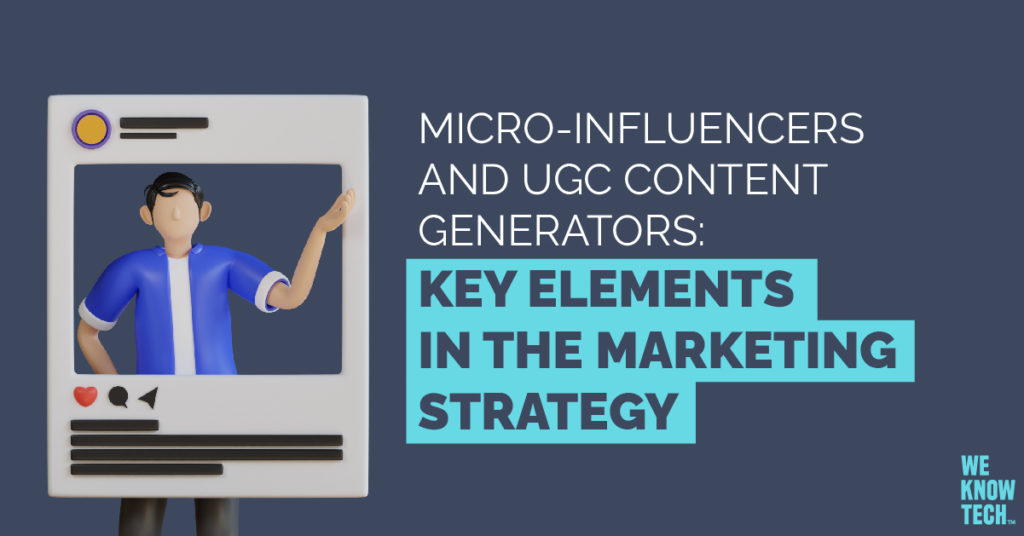
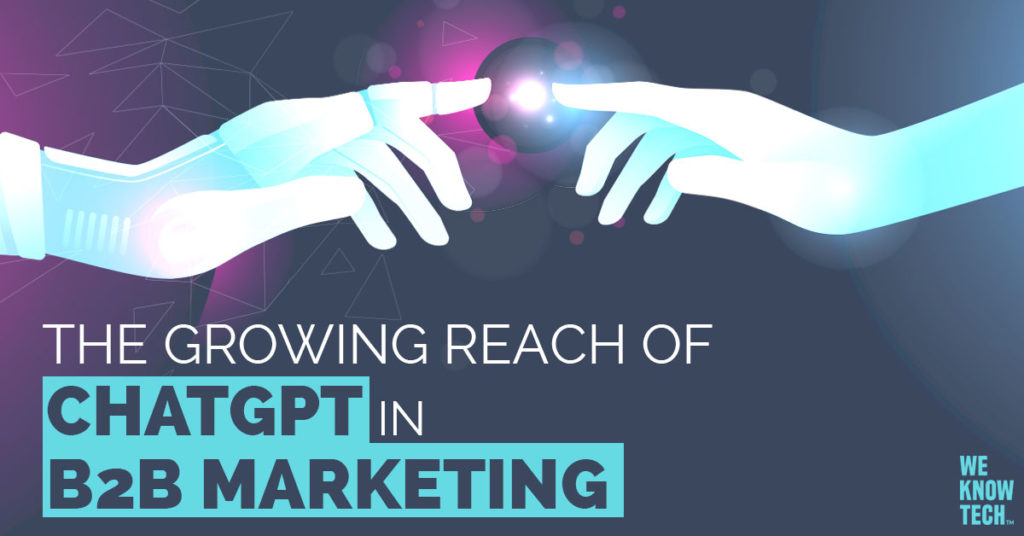
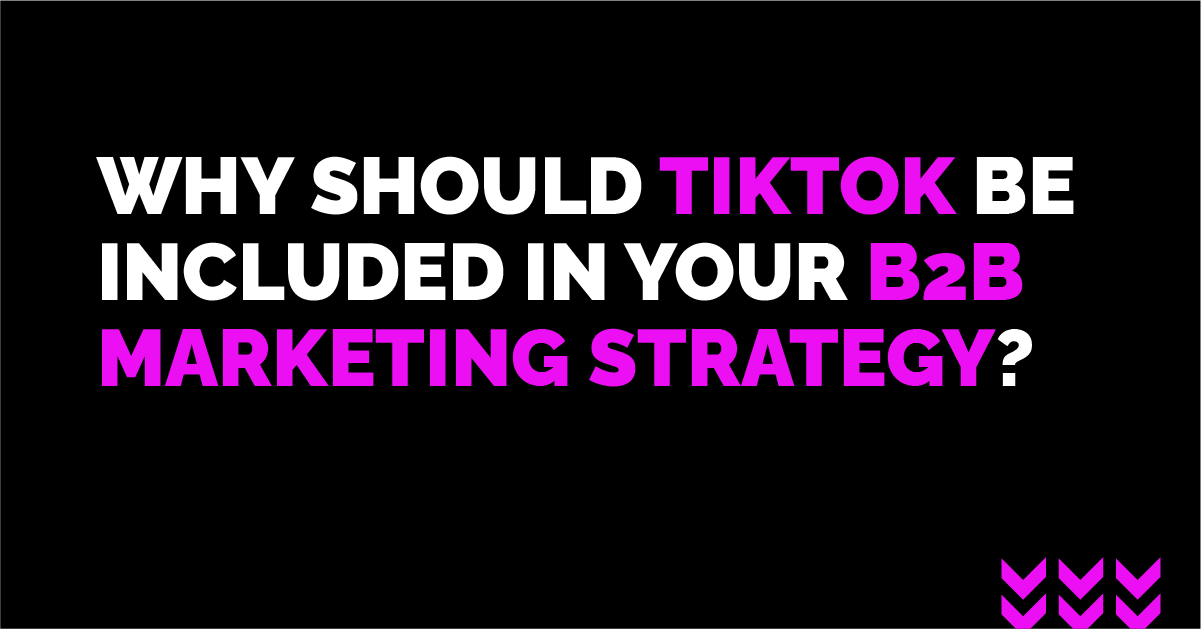
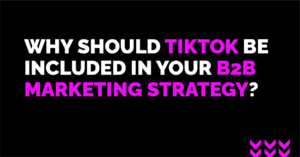





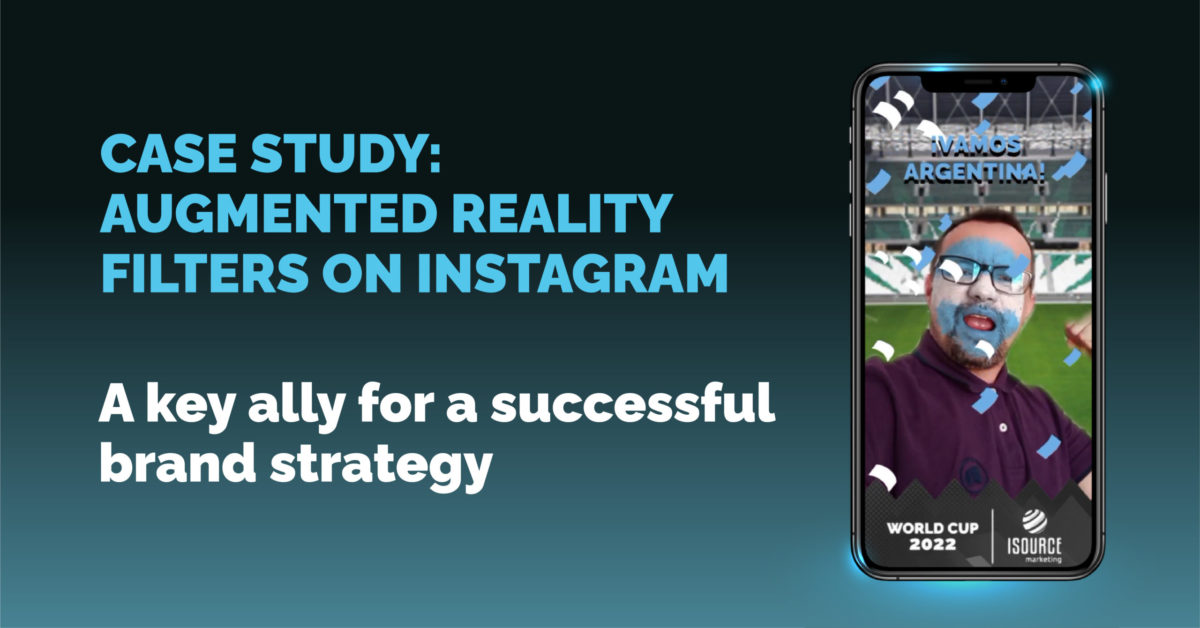





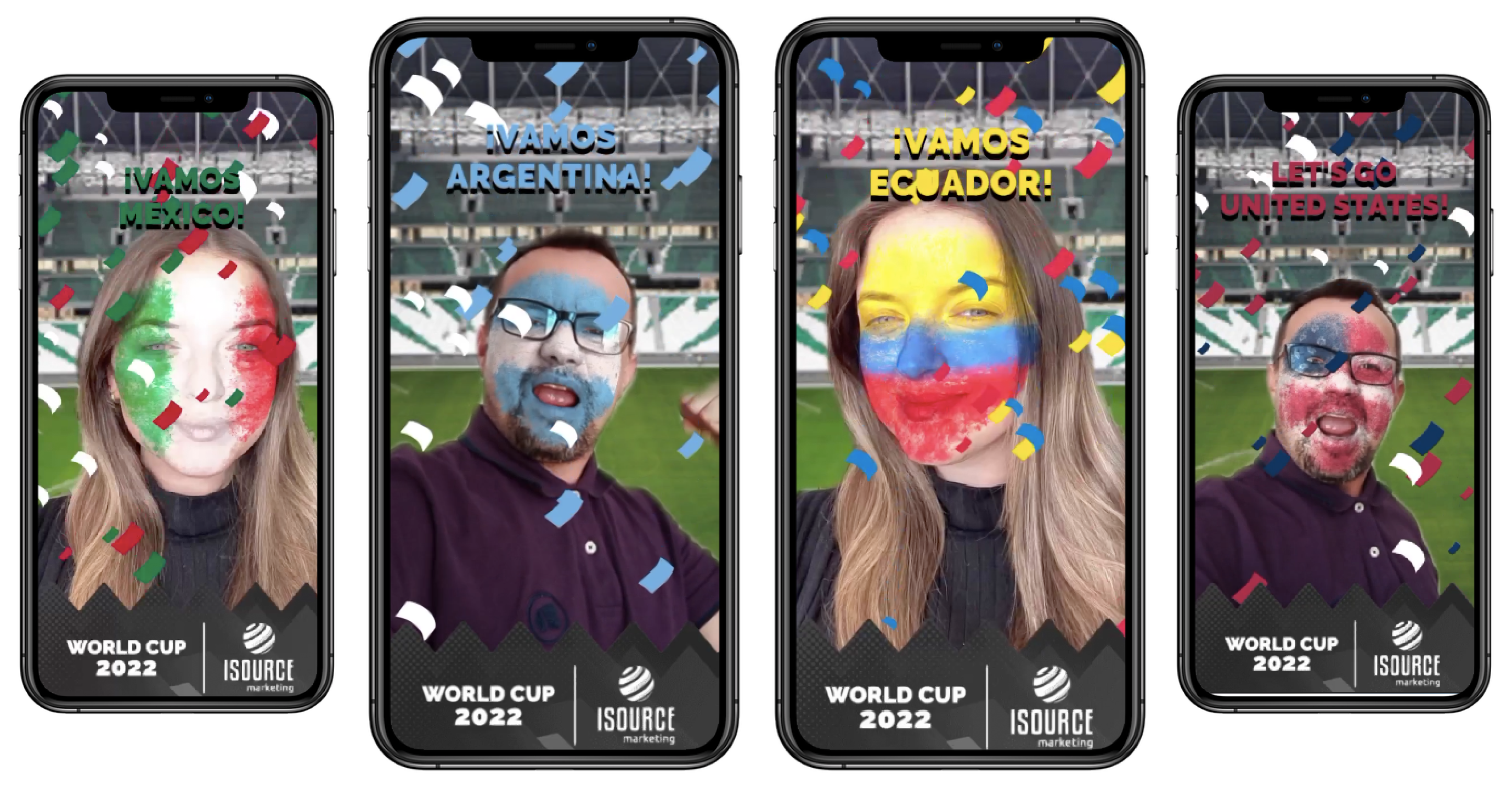



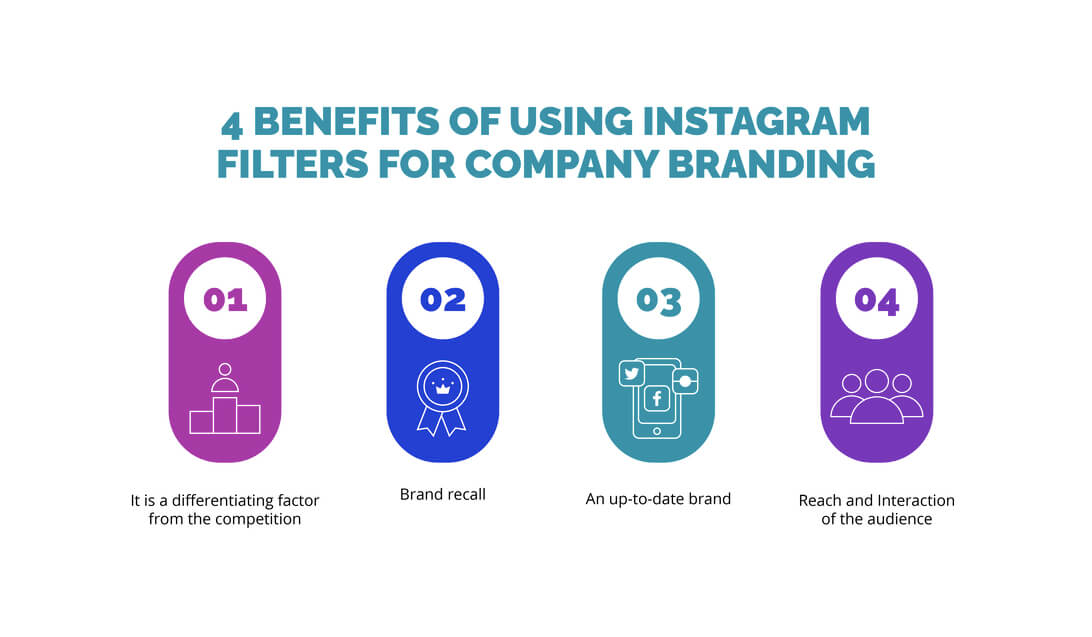
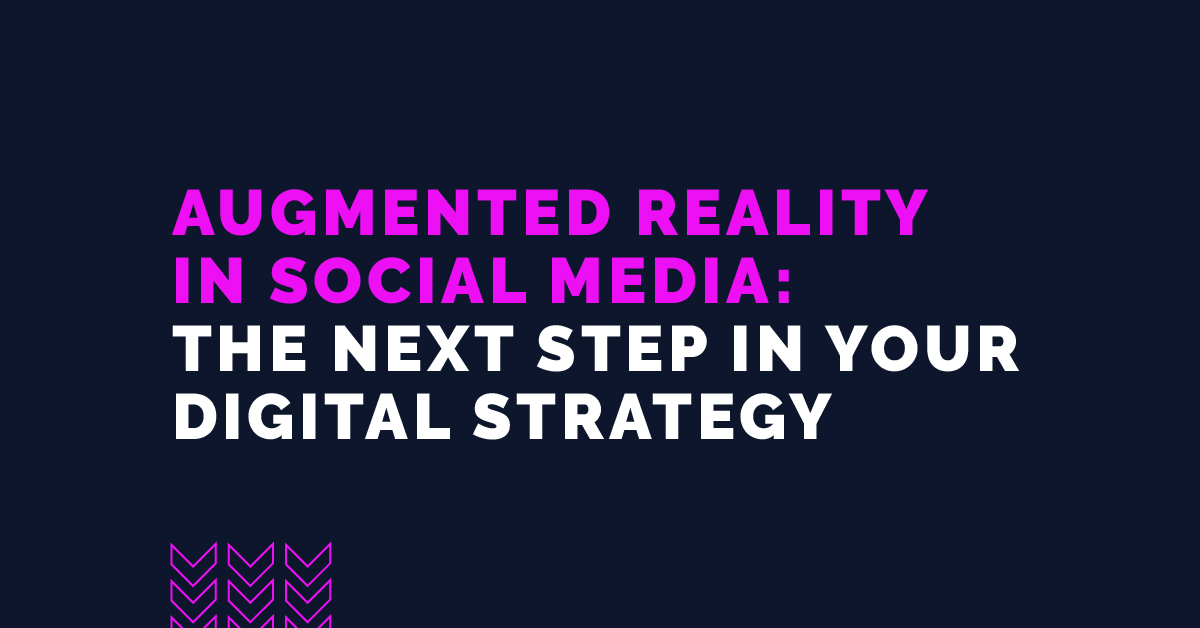
 What is augmented reality?
What is augmented reality? 

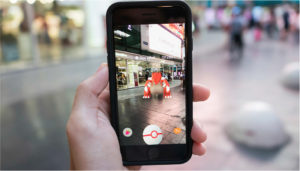
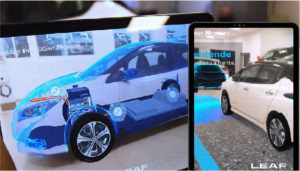

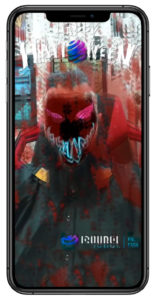
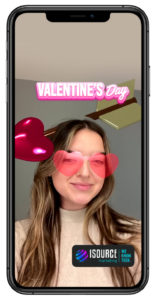

 Design thinking is an iterative process that utilizes a set of design techniques to generate, develop, and test new ideas in order to create products and services that are technologically possible and financially viable.
Design thinking is an iterative process that utilizes a set of design techniques to generate, develop, and test new ideas in order to create products and services that are technologically possible and financially viable.


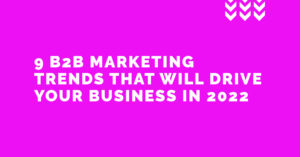 2020 and 2021 were challenging years for society and the global economy, but there is no denying the opportunities created by the digital revolution’s acceleration, particularly for enterprises in the Business to Business (B2B) sector and their sales and marketing areas. According to a
2020 and 2021 were challenging years for society and the global economy, but there is no denying the opportunities created by the digital revolution’s acceleration, particularly for enterprises in the Business to Business (B2B) sector and their sales and marketing areas. According to a 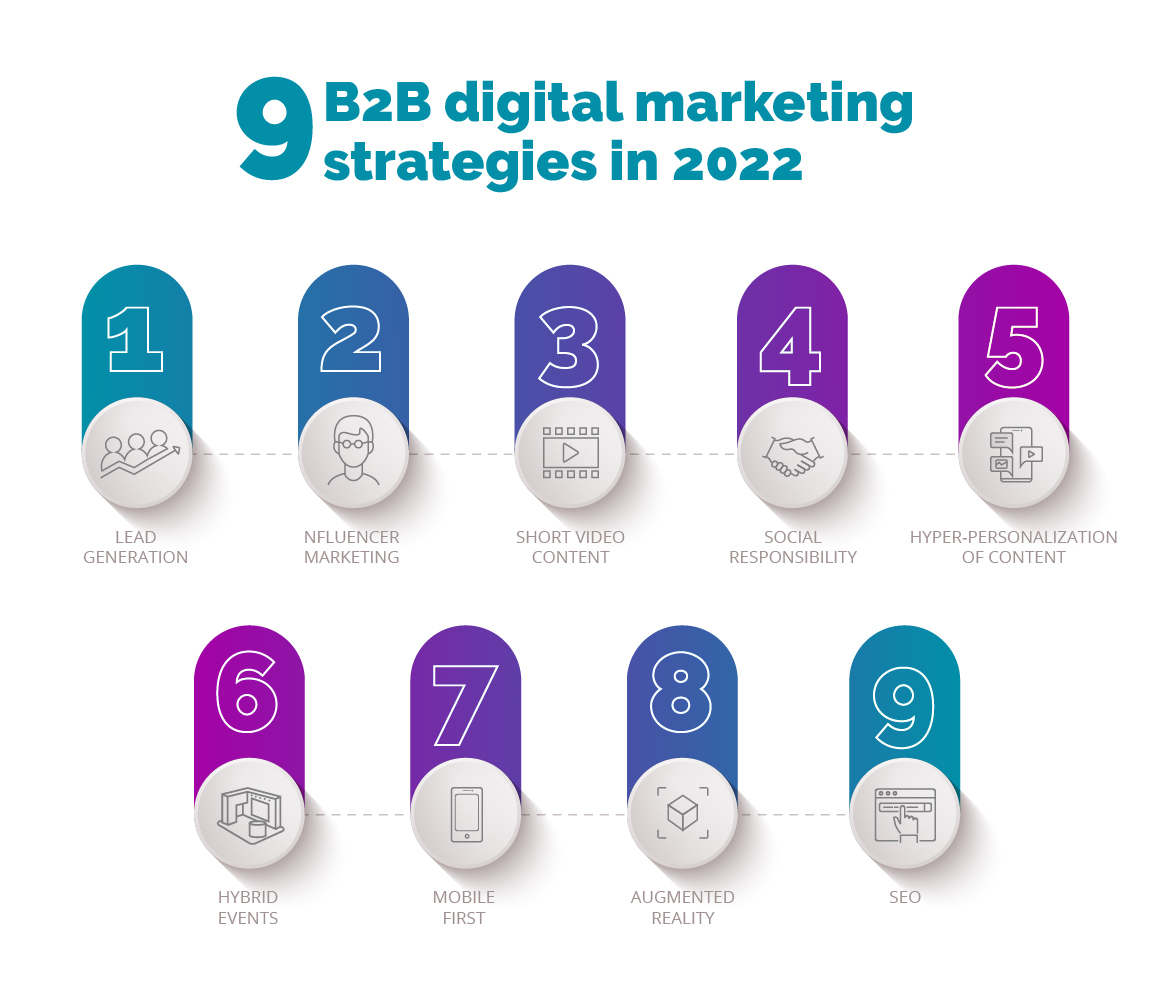 We hope you found our review of Digital Marketing Trends for 2022 beneficial; at the end of the day, it is part of our expertise in being the strategic B2B partner you need in this challenging year. At Isource Marketing we specialize in developing customized marketing strategies according to the needs of your business and adapted to the market. You can contact us by clicking
We hope you found our review of Digital Marketing Trends for 2022 beneficial; at the end of the day, it is part of our expertise in being the strategic B2B partner you need in this challenging year. At Isource Marketing we specialize in developing customized marketing strategies according to the needs of your business and adapted to the market. You can contact us by clicking 
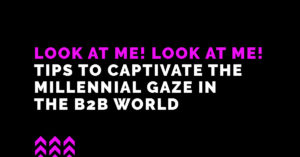 The millennial generation (born between 1981 and 1996) is the first to come of age in the new century and is expected to be a key economic force in the decades ahead. According to
The millennial generation (born between 1981 and 1996) is the first to come of age in the new century and is expected to be a key economic force in the decades ahead. According to 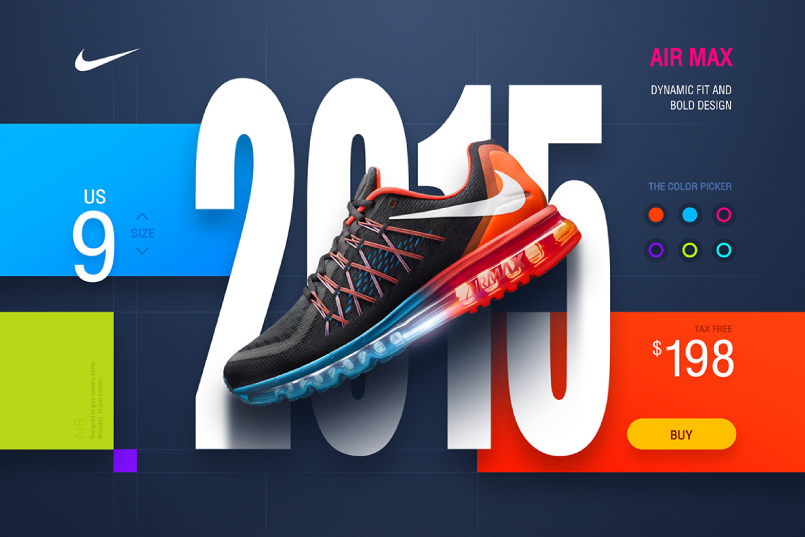


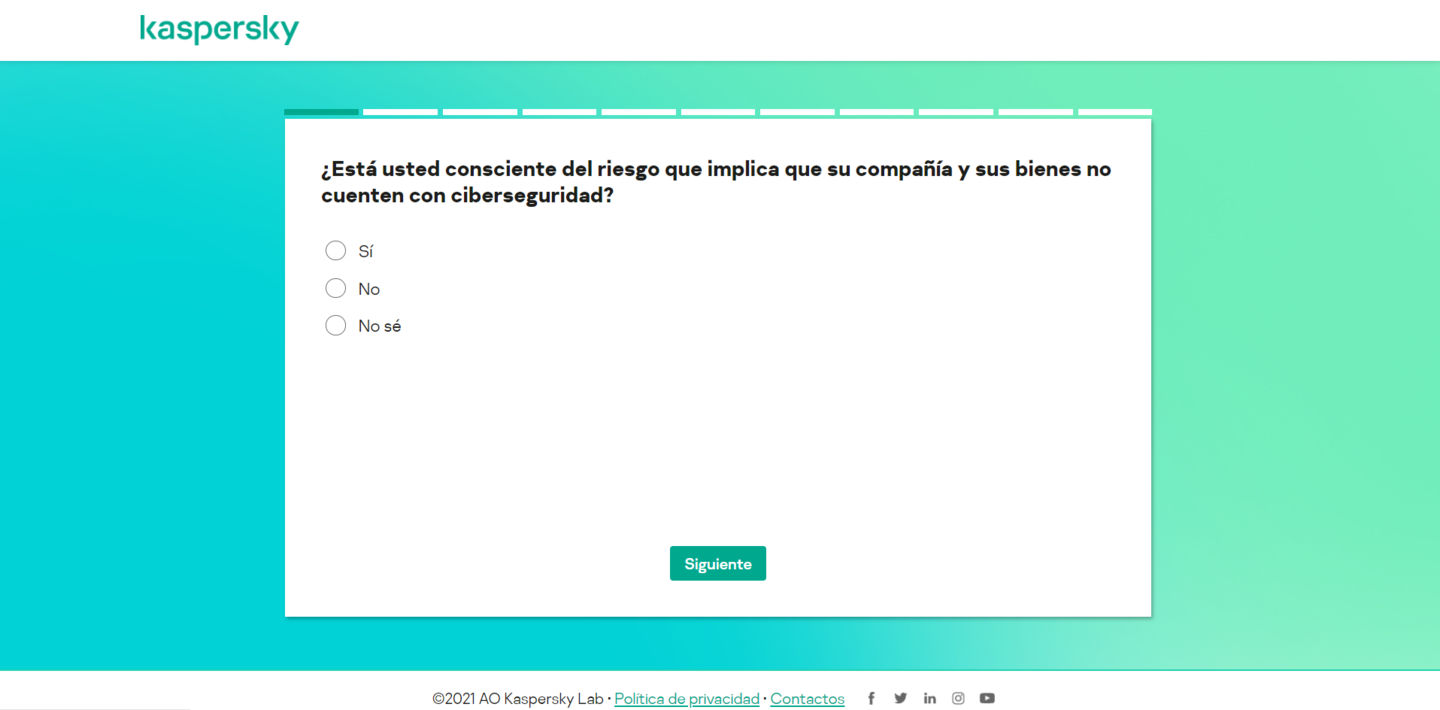

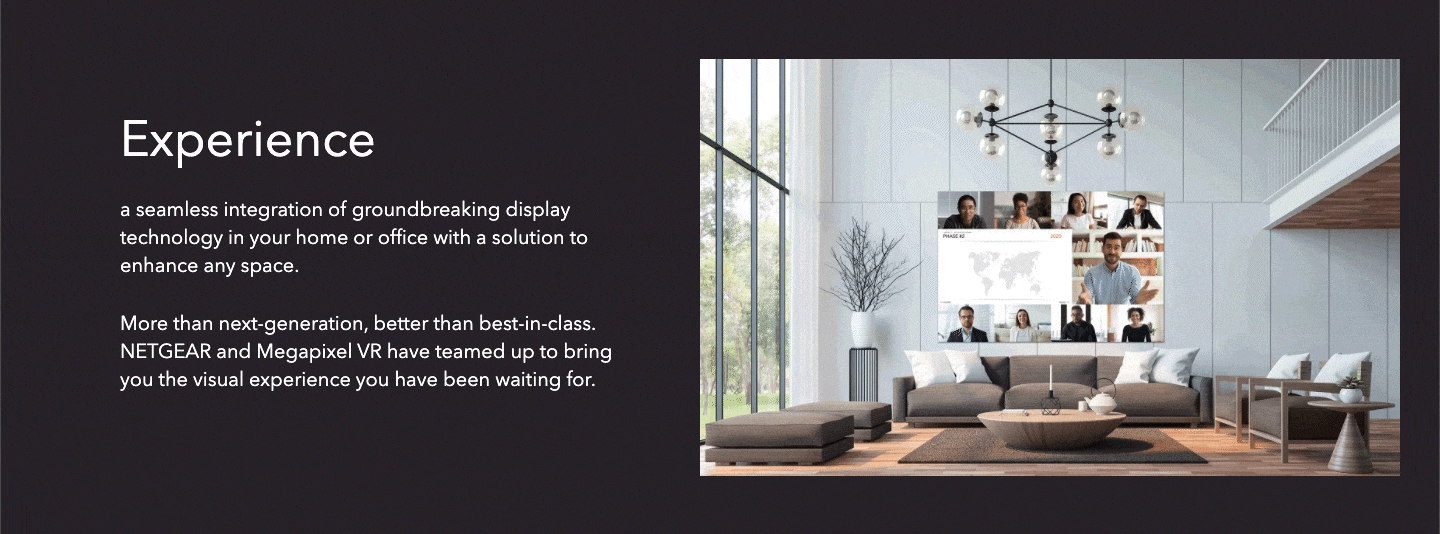


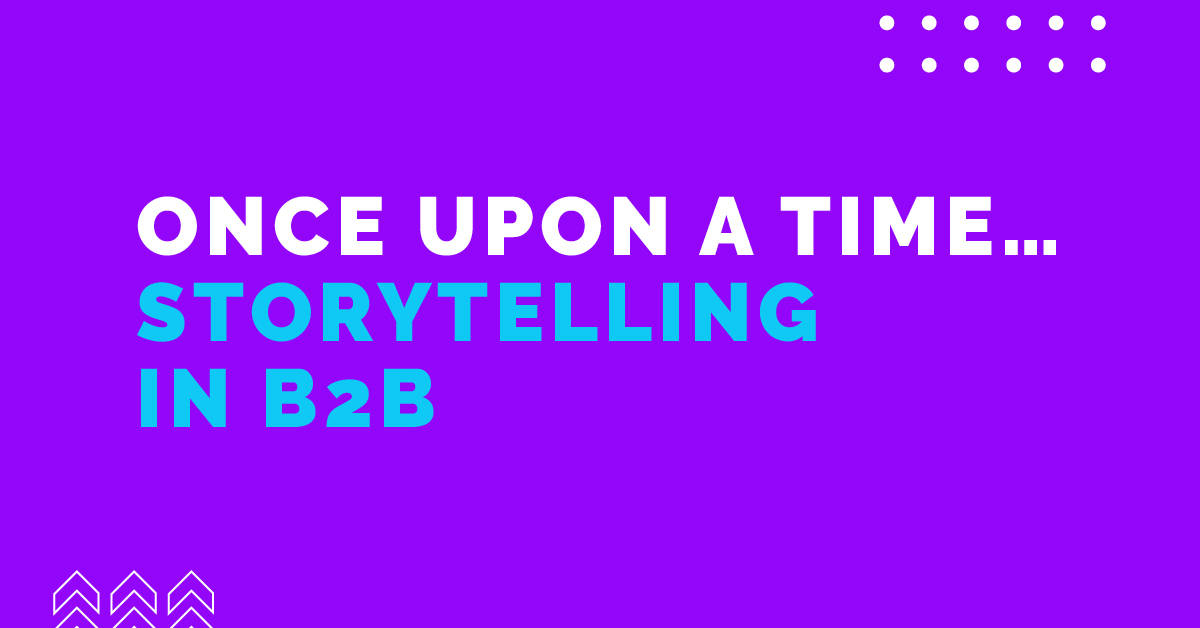
 Who doesn’t like stories? We live in a world surrounded by them; in fact, our life is a story in itself. Companies have recognized the potential storytelling can have and are utilizing it to captivate their consumers and potential customers. What exactly is it, and why does it hold so much opportunity in the Business-to-Business (B2B) world? The solutions to these questions may be found throughout this blog.
Who doesn’t like stories? We live in a world surrounded by them; in fact, our life is a story in itself. Companies have recognized the potential storytelling can have and are utilizing it to captivate their consumers and potential customers. What exactly is it, and why does it hold so much opportunity in the Business-to-Business (B2B) world? The solutions to these questions may be found throughout this blog.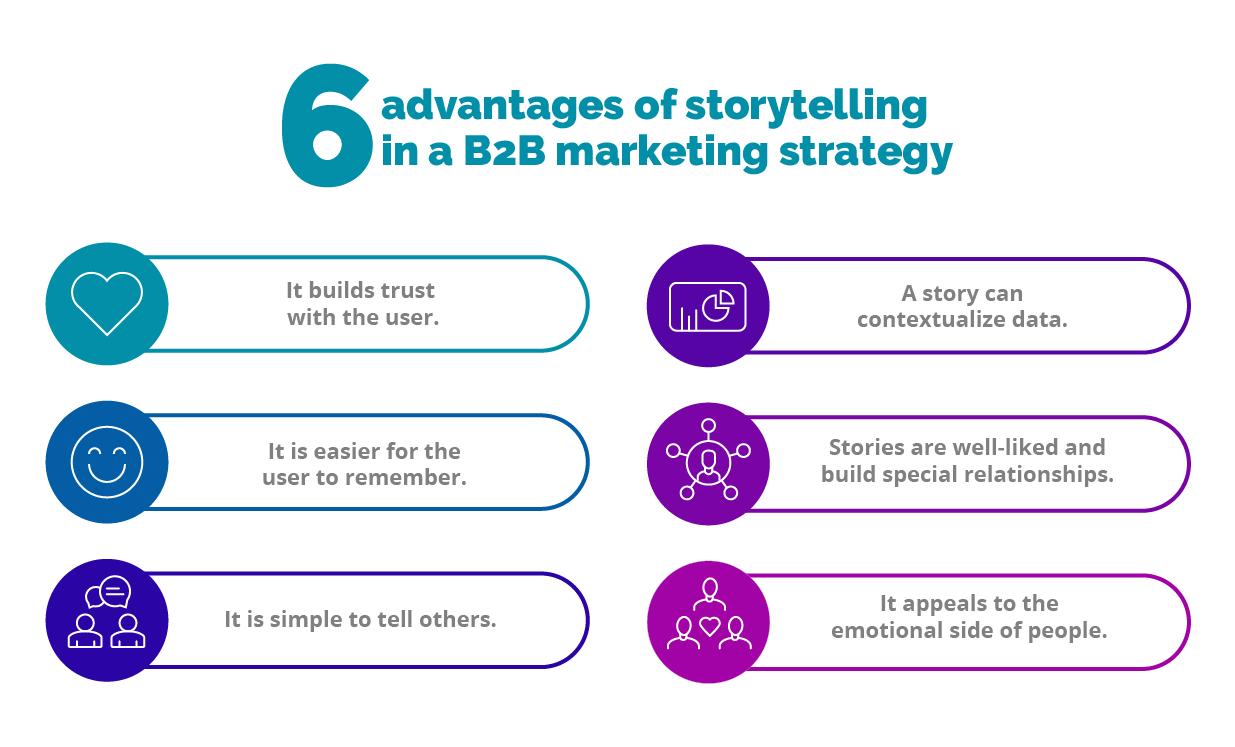 Harness the power of gamification
Harness the power of gamification